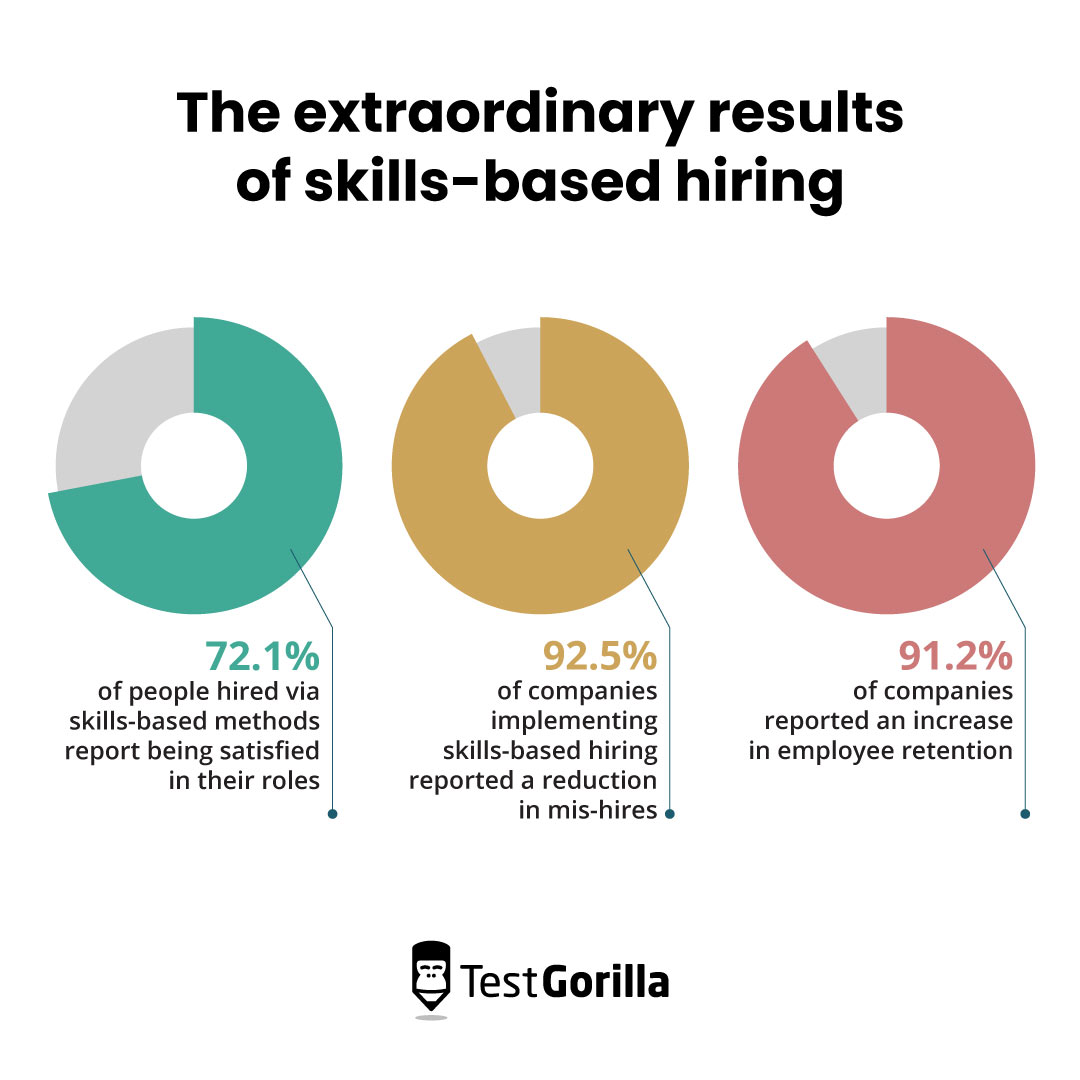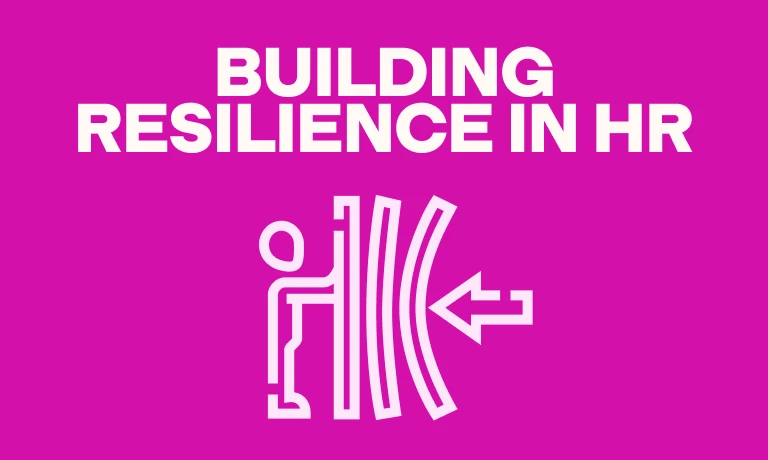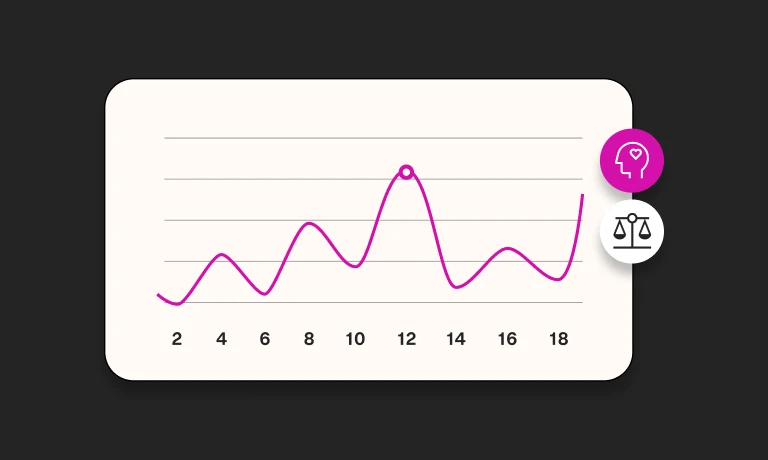5 examples of successful D&I training programs
Without proper diversity and inclusion training programs in place, D&I becomes an empty buzzword. This can lead organizations to unknowingly encourage bias, stereotyping, and other counterproductive behaviors.
This isn’t just bad for morale – studies have shown that diverse businesses financially outperform companies with little to no diversity. (1)
This article will spotlight five examples of successful diversity and inclusion (D&I) training programs to give you insights and actionable strategies to use in your own organization. These case studies exemplify best practices in fostering a professional environment where everyone feels safe and can contribute their best work. We’ll also look at how skills-based hiring can help you eliminate unconscious bias and create a diverse and inclusive workplace.
Table of contents
- Why it’s important to champion D&I training
- 5 examples of D&I training programs that turned policy into practice
- 3 things we can learn from these successful D&I training programs
- Skills-based hiring is the first step towards eliminating unconscious bias
- Support creativity and high performance with D&I training
- Sources
Why it’s important to champion D&I training
The call to champion D&I training is much more than a progressive trend – it’s a powerful strategy that can unlock untapped potential within organizations and drive business performance.
A team where everyone brings their unique perspectives and ideas to the table ignites creativity and fosters innovation. Boston Consulting Group found that diverse management teams produce nearly 45% more revenue due to their innovative approach. (2)
However, unconscious bias and longstanding prejudices don’t automatically correct themselves; companies must proactively launch training programs to foster D&I. Unfortunately, many organizations struggle, treating D&I as a one-off initiative, rather than an ongoing commitment.
As a result, initial progress gradually wanes, and policy doesn’t translate into sustained practice. In this case, employees often fail to retain key principles from these programs long-term, underscoring the need for continuous reinforcement.
Businesses thrive when their workforce mirrors the diversity of their customer base, helping them understand and cater to varying customer needs effectively. This shows that diversity isn’t just a buzzword – it’s a key ingredient to achieving business success.
Research confirms this, showing that companies with both ethnically and gender-diverse teams outperform their peers by 35% and 15%, respectively. (3) That’s a significant competitive edge no business can afford to overlook.
5 examples of D&I training programs that turned policy into practice
Companies with above-average diversity produce a greater proportion of revenue from innovation (45% of total) than from companies with below-average diversity (26%). This shows that D&I training is a powerful lever for financial growth, innovation, and employee satisfaction. (4)
What do successful D&I training programs look like? Have a look at these five examples:
1. Google’s unconscious bias training
As part of its broader diversity and inclusion efforts, Google’s unconscious bias training addresses the hidden biases that can influence perception and decision-making in the workplace. Unconscious biases are automatic, quick judgments and assessments of people and situations influenced by our background, cultural environment, and personal experiences.
Google’s “Unconscious Bias @ Work” training was developed and launched in 2013 to make employees aware of these unconscious biases and provide them with tools to reduce their potential negative impacts.
The course covers several types of unconscious biases that can impact employee dynamics in the workplace, including affinity bias (the tendency to favor people like us) and attribution bias (how we perceive our actions and those of others).
In an effort to gauge the effectiveness of its unconscious bias training, Google carried out an experiment during new hire orientation.
The study, which assigned participants to either a live workshop, a self-study video, or a control group, revealed that both workshop attendees and video viewers demonstrated a significant increase in their awareness and understanding of unconscious bias, remaining persistent even one month after the training.
2. Microsoft’s D&I allyship program
Microsoft’s Diversity and Inclusion (D&I) Allyship Program is a unique initiative designed to arm its worldwide team of 160,000 people with the tools to embrace varied viewpoints and tackle issues with understanding and inclusion. The program aims to harness the rising passion for advocacy among employees and channel that into enhancing the company’s cultural landscape.
Stemming from a two-year collaboration with neuroscientists, Microsoft’s allyship program isn’t your everyday D&I program. It tears down organizational silos, confronts biases, and fights against intolerance and discrimination. And it’s all underpinned by insights into human behavior and cognition.
The Microsoft Allyship Program comprises ten diverse segments and caters to multiple learning styles. Self-paced online classes give freedom to those who prefer learning at their own rhythm, while video scenarios with actors bring different workplace situations to life. The program offers facilitated sessions for those seeking guided learning to improve skills and reinforce inclusive behaviors.
But the program’s core message is clear: Everyone can be an ally. Today, 85.1% of Microsoft’s employees agree or strongly agree that “we’re diverse and inclusive,” so it’s definitely a step in the right direction. (5)
3. BallotReady’s bias-aware interviewer training program
BallotReady‘s Bias-Aware Interviewer Training is a dedicated, ongoing program designed to ensure the most equitable and fair assessment of candidates during the recruitment process. The objective is to minimize the impact of unconscious biases that can influence the evaluation of potential employees.
This unique training equips staff with the tools and strategies to carry out interviews grounded in objective evaluation and factual evidence provided by the candidate. At the same time, it teaches interviewers to focus on specific, tangible qualifications and experiences the applicant brings rather than subjective impressions, where there’s more potential for biases to creep into the decision-making process.
This commitment to equity underscores the importance of fair and unbiased hiring practices in fostering an inclusive work environment. Not only does it improve the workforce’s diversity; it also helps ensure the best candidates are selected for every position, regardless of their background or identity.
4. IBM’s Be Equal Initiative
IBM‘s Be Equal Initiative is a testament to the company’s long-standing commitment to inclusivity and equality. From its earliest days, IBM has been a pioneer in championing diversity and inclusion. As early as 1914, IBM made a significant stride by hiring its first employee with a disability, well before the Rehabilitation Act of 1973 and the Americans with Disabilities Act were even conceived.
Further demonstrating its forward-thinking ethos, IBM drafted its first Equal Opportunity Policy in 1953, a full year before the landmark Brown vs. Board of Education decision that declared racial segregation in public schools unconstitutional and 11 years before the enactment of the U.S. Civil Rights Act in 1964.
Building on this rich history, the Be Equal Initiative aims to foster a workplace culture where all employees are treated equally and can thrive irrespective of their gender, race, or disability status. (6) The initiative includes comprehensive unconscious bias education, an emphasis on performance over presence to support flexible working, and dedicated programs designed to increase women’s representation in leadership roles.
IBM’s Be Equal Initiative underscores its recognition of the value of a diverse workforce and an inclusive work environment. It shows the company’s continued dedication to equality and its belief in the potential of all employees, regardless of their identity or personal circumstances.
5. Procter & Gamble’s ‘We See Equal’ Program
Procter & Gamble‘s ‘We See Equal’ Program is a significant part of its commitment to fostering diversity and promoting inclusion both within the company and in society as a whole. Recognizing its influential position as one of the world’s largest advertisers, Procter & Gamble leverages its powerful voice to challenge biases and inspire meaningful change.
The ‘We See Equal’ Program operates on multiple fronts. It includes company-wide initiatives and brand-specific efforts that all contribute to advancing gender equality. Through impactful marketing campaigns and product branding, Procter & Gamble seeks to counter stereotypes and biases, fostering a more equitable representation of gender.
Internally, Procter & Gamble uses the ‘We See Equal’ Program to create an inclusive and bias-free environment for its employees. They implement comprehensive training programs to educate employees about unconscious bias, cultural competence, and inclusive behaviors. The training raises awareness, drives understanding, and ultimately brings behavior change, encouraging employees at all levels to act as champions of equality.
Through the ‘We See Equal’ Program, Procter & Gamble contributes to the global effort to achieve gender equality with their holistic approach. The program is a true reflection of the company’s belief in the importance of diversity and inclusion.
The best insights on HR and recruitment, delivered to your inbox.
Biweekly updates. No spam. Unsubscribe any time.
3 things we can learn from these successful D&I training programs
Successful D&I training programs share common factors that are key to their effectiveness. Here are some lessons you can take from our five examples:
Tailor your D&I training programs to your organization’s unique needs. Successful programs are crafted to address specific issues within the workplace. For instance, Google’s program tackles unconscious bias, while Microsoft focuses on allyship. Tailoring a program to resonate with employees and directly address their experiences is key to its success.
Ground your training in a clear understanding of human behavior. As exemplified by Microsoft’s collaboration with neuroscientists, recognizing how biases work and the influence they exert over decisions and perceptions is crucial to devising effective strategies to counter them.
Continue to review, evaluate, and iterate on your D&I training. As demonstrated by Google and BallotReady, successful training programs recognize the need for regular reinforcement and consolidation of key concepts and best practices. These programs aren’t static but evolve based on feedback, allowing them to remain relevant and impactful.
Skills-based hiring is the first step towards eliminating unconscious bias
Skills-based hiring focuses on a candidate’s abilities and competencies necessary for the job rather than their resume. This method provides an objective and scientific foundation for the recruitment process, allowing employers to evaluate candidates based on their suitability for the role.
Unconscious biases creep into traditional resume-based hiring, as recruiters might subconsciously favor candidates from certain universities, those with specific professional experience, or even candidates with names that sound familiar or easier to pronounce.
These biases can unintentionally exclude perfectly competent candidates who might not fit the ‘traditional’ mold due to various reasons such as lack of formal education, career gaps, or non-linear career paths.
Wouter Durville, co-founder and chief executive of TestGorilla says, “Your applicant pool is much bigger if you give everyone a fair chance, and the best talent comes out on top regardless of its background and your unconscious biases, so it’s logical that you’ll hire better candidates.”
Skills-based hiring ensures all applicants get a fair chance by focusing on the skills necessary for the job and evaluating all candidates against the same competency benchmarks. It breaks down the barriers that some candidates might face due to socioeconomic background, race, gender, or disability.
The result?
Our research shows that 72.1% of people hired via skills-based methods report being satisfied in their roles, signifying that skills-based hiring leads to better workforce morale and happier, more engaged employees.
Our report also shows that 92.5% of companies implementing skills-based hiring reported a reduction in mis-hires. Of these, 14% saw a huge improvement in reducing mis-hires and 30% saw a significant improvement. Additionally 91.2% of companies reported an increase in employee retention.
Clearly, the benefits of skills-based hiring extend beyond just diversity and inclusion, but also to a healthy people-centric organization. Because of this, skills-based hiring is an important addition to any company’s D&I initiatives. In fact, skills-based hiring and D&I training programs go hand-in-hand.
Support creativity and high performance with D&I training
Each individual in a diverse team brings unique experiences, perspectives, and skills that enrich an organization and fuel its growth. It’s crucial to give these individuals an equal chance to stand out at work.
These five D&I programs from leading companies – Google, Intel, Microsoft, BallotReady, and IBM – are a testament to how organizations can effectively elevate diversity from a buzzword to a core business practice. They provide valuable insights on implementing values and policies so they can foster an environment of equality, respect, and collaboration.
Skills-based hiring offers a practical approach to eliminating unconscious bias, ultimately leading to a more diverse and inclusive workforce, which is crucial for cultivating highly motivated, creative, and high-performing teams.
Want to build a diverse and inclusive team? See how skills-based hiring can help you identify talent and hire the best candidatesDownload the 2022 State of Skills-Based Hiring Report.
Sources
“Diversity wins: How inclusion matters. “McKinsey & Co. Accessed June 8, 2023. https://www.mckinsey.com/featured-insights/diversity-and-inclusion/diversity-wins-how-inclusion-matters
“How Diverse Leadership Teams Boost Innovation.” Boston Consulting Group. Accessed June 8, 2023. https://www.bcg.com/en-ca/publications/2018/how-diverse-leadership-teams-boost-innovation
“60+ Incredible Diversity in the Workplace Statistics [2023]: Facts You Need to Know.” Zippia. Accessed June 8, 2023. https://www.zippia.com/advice/diversity-in-the-workplace-statistics/
“Diversity Confirmed To Boost Innovation And Financial Results.” Forbes. Accessed June 8, 2023. https://www.forbes.com/sites/forbesinsights/2020/01/15/diversity-confirmed-to-boost-innovation-and-financial-results/?sh=1765899dc4a6
“Diversity & Inclusion Report.” Microsoft. Accessed June 8, 2023. https://www.microsoft.com/en-us/diversity/inside-microsoft/annual-report?activetab=innovation-spotlights%3aprimaryr4
“Be Equal.” IBM. Accessed June 8, 2023. https://www.ibm.com/impact/be-equal/
You've scrolled this far
Why not try TestGorilla for free, and see what happens when you put skills first.

















